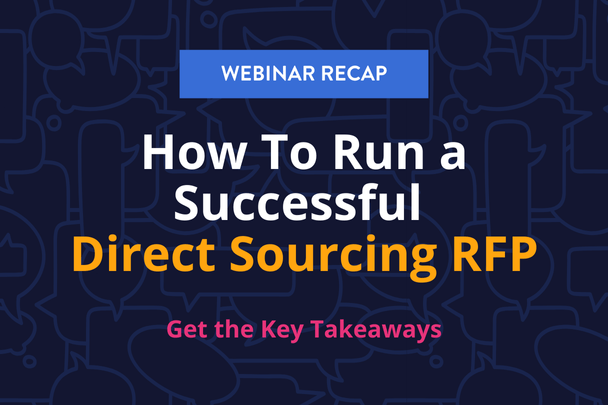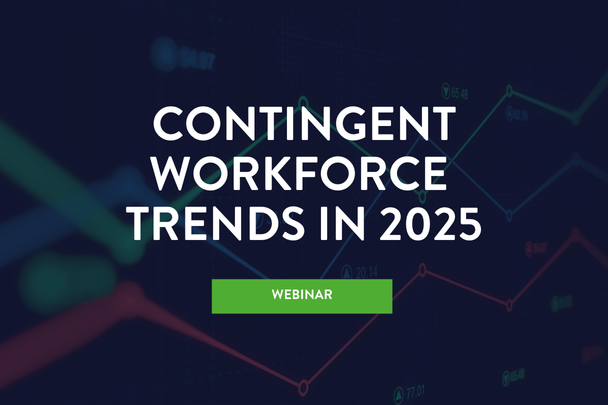Competition for talent can be relentless. It can give rise to higher starting salaries, generous sign-on bonuses, and an array of enticing benefits and perks. All these “shiny objects” are definite attention grabbers but not necessarily enough to seal the deal on a successful hire. To paraphrase Maya Angelou, people may forget what you say and do, but they will remember how you make them feel. That is the essence of candidate engagement. It is the art of connecting with candidates in a way that engenders positive feelings toward an employer brand. It requires developing a deeper relationship than has historically been the case with hiring, which is traditionally a highly transactional and often impersonal process. This is no secret to recruiters. They inherently know that if they can communicate more effectively and establish solid rapport with a candidate, they have a better chance of making a great placement. Innovations in HR technology allow recruiters to engage with candidates in meaningful ways.
The importance of candidate engagement
Talent issues ― finding, engaging, and retaining talent ― figure prominently in any list of CEO priorities. The first step in tackling any of these talent issues is to source the talent. That means not only grabbing the attention of candidates, but keeping it through strong candidate engagement. Even more important than identifying talent is ensuring that talent will be both interested in and open to a good offer. That doesn’t happen automatically. It requires sharing relevant, interesting information through proactive communication with candidates. That’s because the best way to fill jobs is not simply to amass resumes but to keep candidates engaged with the organization’s brand until the right job surfaces.
Engaging candidates should be the goal of every recruiter, despite the challenges inherent in the task, from finding the time to build relationships to generating engaging content or identifying opportunities to interact with candidates. For every step in the recruitment process, HR technology is a powerful tool in candidate engagement.
How does candidate engagement relate to candidate experience?
Candidate experience relates to every interaction a job applicant has with an employment brand, from initial contact to hire. It is the foundation of candidate engagement, which is woven into each of those interactions. The candidate experience offers multiple opportunities to engage candidates in ways that not only create a positive impression but generate increasing interest in the employer value proposition. It is affected by multiple elements, such as the simplicity or complexity of an application, the responsiveness of a recruiter, and how quickly and smoothly a candidate moves through the hiring process. If, for example, a prospective employer respects a candidate’s time and sets realistic expectations about next steps, communicating proactively throughout the hiring process, that candidate is more likely to look positively on their experience. At the same time, they become more engaged with the brand and more receptive to an offer. As candidate experience is largely controlled by the people, processes, and technology that move candidates from initial interest to onboarding, finding ways to strengthen these elements can improve overall candidate engagement.
How to improve candidate engagement
Improve candidate engagement by improving the candidate experience. Start by mapping the candidate journey. Look for opportunities to streamline process steps, be more responsive and transparent, and provide candidates with relevant information that sparks their interest. Here are a few ideas to start the process.
Review job postings. Do postings provide a long list of job duties and boilerplate language that can be found in many other job ads or do they make optimal use of the job posting “real estate” to sell the opportunity and how it will make a person feel?
Apply for a job. Test the application process to assess its complexity and time demands by actually applying for a job. How many clicks does it take to get from start to finish? Given that 92% of prospective job applicants abandon an application before ever hitting “submit,” look for opportunities to simplify and shorten the process. How much detail about a candidate is really needed during this initial step in the hiring process?
Streamline the recruiting process. Identify HR technology tools that automate the most repetitive and time-consuming tasks in the recruitment process to free up recruiter time to focus on building relationships with candidates.
Automate candidate communications. Tools for candidate relationship management (CRM) and recruitment marketing can help source talent and streamline communications with candidates, encourage their engagement, and improve the overall candidate experience. They can be used to pipeline talent, build targeted lists, nurture relationships with job seekers, and promote opportunities via email or SMS campaigns. Critical factors here include knowing your audience and their communications preferences, as well as what content will best resonate with different candidate audiences.
What is the impact of more engaged candidates?
More engaged candidates make for better matches. Not only do they shortlist quicker, they tend to decrease time to fill and are generally higher-quality, happier candidates.
How engaged candidates translate to the workforce
When candidates get a good sense of company goals and culture, what it’s like to work for a company, and how performance is measured and recognized, the better they can understand what is expected of them. All of this can accelerate post-hire productivity.
What tools and resources can move the needle on candidate engagement?
The right HR technology can automate and streamline the most time-consuming and repetitive aspects of the hiring process, streamline communications, and enhance the candidate experience. AI can boost the matching process and more. Great content can engage candidates via email campaigns, events, SMS campaigns, and even chatbots. A foundational applicant tracking system (ATS) with a CRM on top of it can be a solid starting point.
How do you decide which tech tools are best for you?
When you decide to invest in HR technology, involve both talent acquisition and marketing colleagues in the planning. Talk about how to handle recruitment marketing, which is really a two-part proposition: plan for content creation as well as technology to deliver the content. Consider how you can leverage technology to engage both direct hire and contract talent. When looking to make recruiters more efficient, be careful to identify the right tasks and processes for automation. Low-value tasks should be automated to free recruiters for the high-touch, human interactions that can help build stronger relationships.
If you are ready to power up candidate engagement, get to know Atrium’s HR tech approach and the Atrium team that clients rely on for guidance before ever making a purchase. Before you decide what tech to add to your talent ecosystem, learn how to optimize your current footprint. You’ll pick up valuable tips from two different podcasts:
And, watch this space for additional insights in the future on candidate engagement from the recruiting perspective.








